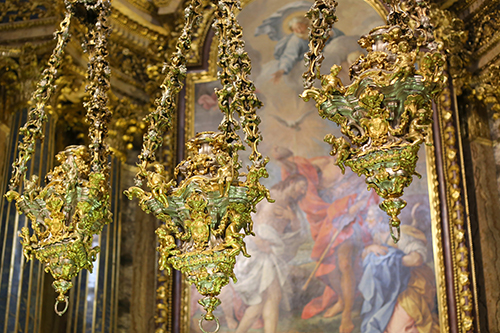The pictures tell the story. This city built with canals as streets, gondolas as its taxis, and a beautifully decaying charm, creates a wonderfully romantic atmosphere.
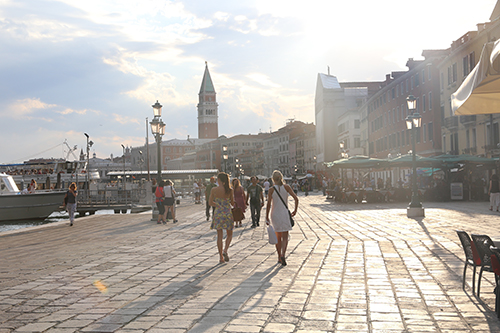
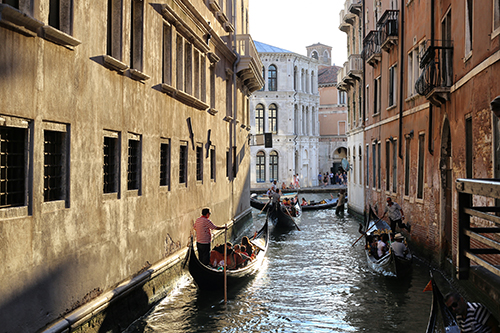
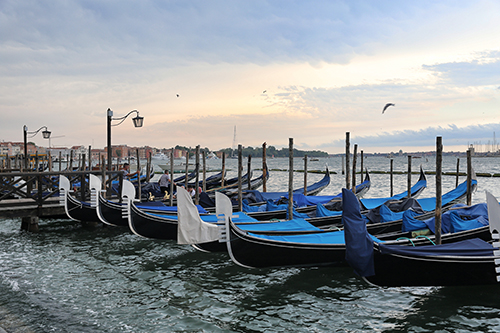
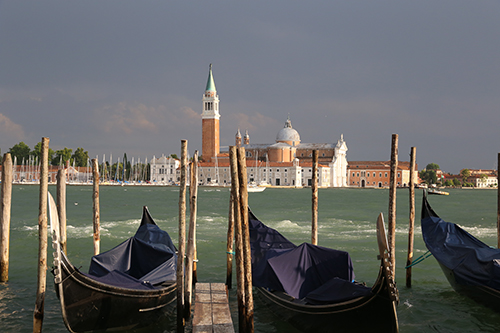
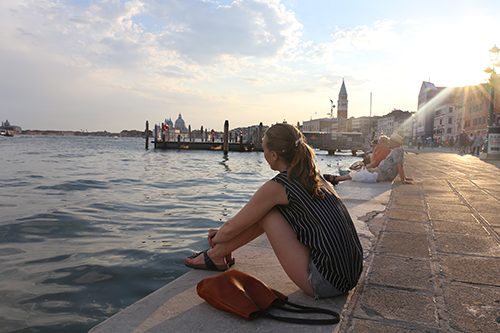
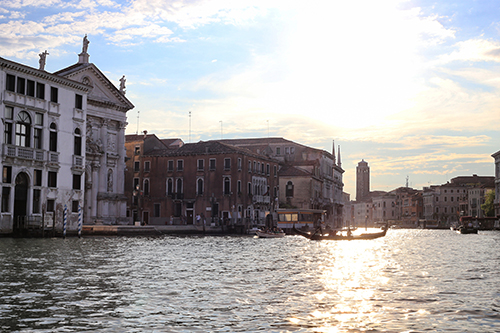

it's 40k kilometers around the world's circumference
The pictures tell the story. This city built with canals as streets, gondolas as its taxis, and a beautifully decaying charm, creates a wonderfully romantic atmosphere.






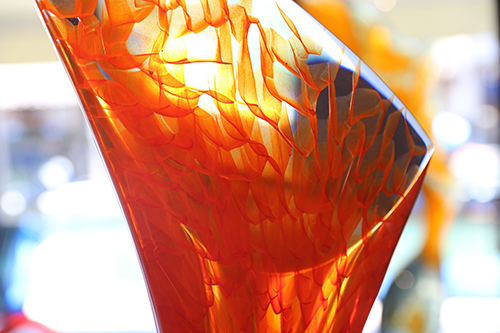
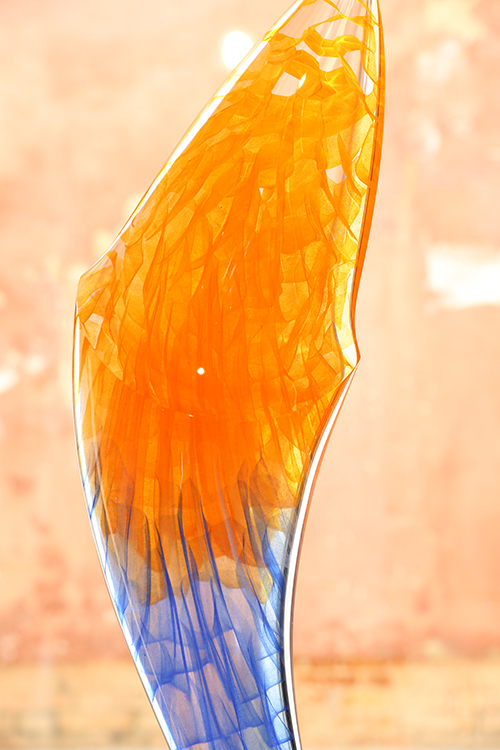
For as touristy as we know it will be and as it ends up being, the glass blowing demonstration while on Murano Island near Venice is spectacular. We find ourselves two seats in a hot studio that is somehow much hotter than the very hot day outside. The actors of the show are a master glassblower and his assistant. In very little time, the master turns Murano glass pieces into a cup. All of the colors in Murano glass are not painted, but are of the glass itself; therefore, the color will never fade or wash. Then in only seconds time, the master glassblower shapes a solid piece of glass into a horse. The precision, the ease, the teamwork of the master and his assistant, and the design all combine to make a very entertaining demonstration.

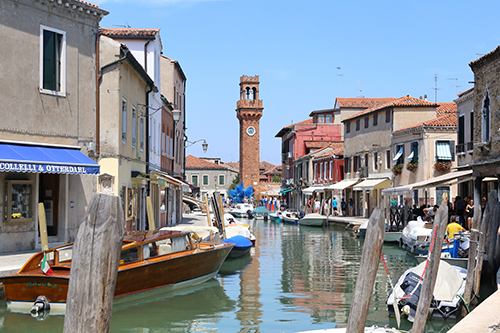
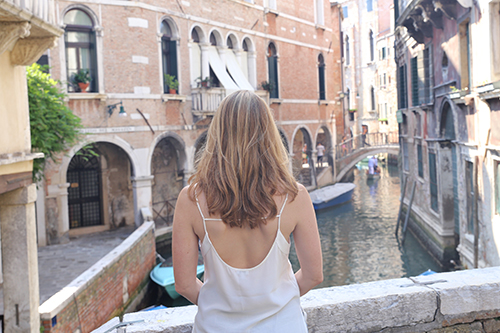
I’ve never been much of a history buff. The past already happened, irrelevant beyond memorization for exams. But Venice? Venice captivated.
We arrived by private boat, speeding through the ocean then slowing to the 5mph speed limit to grace the Grand Canal. Our hotel entrance was unabashedly grand, a contrast to our departure by foot where we were greeted by alleys so narrow you could barely see the sky. We both had a fear stricken moment wondering if all of Venice would be this claustrophobic, but then the alley opened to a street with a corner café. We eagerly got lost, taking in the beauty of a crumbling city, covered in salt from the sea. Venice felt special right from the beginning.
The next morning, we navigated the streets, leaving twice as early as Google advised, to meet Lorenza Smith. Our tour guide for the morning was a Venetian, author of Venice: Art & History, and professor in New York – overqualified for our Day in the Life in the Renaissance agenda. The general content of the tour I was sure I’d heard in Latin class long ago, but this was different. This tour brought the city to life for us, the magic we’d sensed served to us in stories of the most opulent and enduring Empire ever built.
It’s comforting to believe that history is in the past, that the terrible or foolish or inane things that happened were because people were unevolved, unsophisticated, animalistic. But in Venice, the likenesses to today were undeniable, right down to the beauty routines. Venetian women would spread their hair out on a wide-brimmed hat, mixing concoctions to lighten it in much the same way as my friends and I used to spray Sun-In into our hair in the summer in the hopes of developing blonde highlights.
Venice was spectacular. It was a living museum full of new life, bodies from around the world, just as it had been in Venice many centuries before.
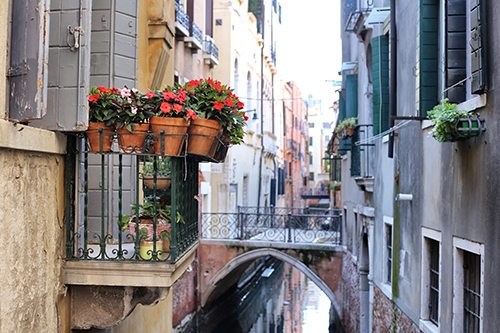
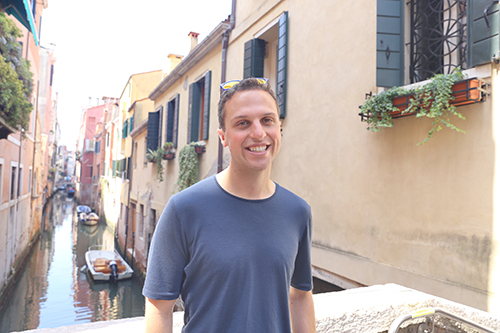
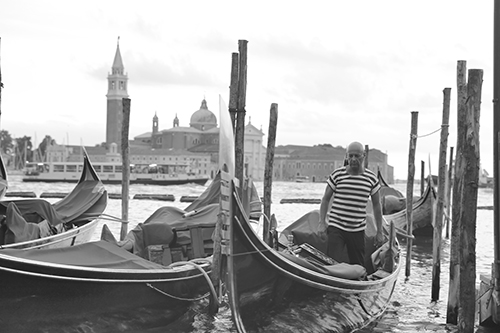
With the backdrop of the Tour de France happening in a fellow European nation not too far away, we spend our first morning in the Douro cycling through the vineyards. Moving between vines, we appreciate that not all wine regions are the same. The terraced Douro valley is particularly steep and manual. The only way to strip the vines of their grapes is by hand – no machine can traverse these terraces. We learn stories of people carrying incredibly heavy baskets up and down these hills. We first imagine a peaceful ride through the area, but we soon learn that the slopes and the loose gravel make this morning more of an adventure and less of a stroll. Luckily, the views have us stopping often to rest and take photos.

We seek adventure; however, we don’t always appreciate how much adventure we’re getting ourselves into. We sign up for a three-quarter day canyoning trip near the Douro. We’re picked up from the hotel after breakfast and driven through much of the countryside of Portugal. We arrive at the side of the river and change into our wetsuits, harnesses and helmets, which we believe is more for form than function. However, after only a couple meters into our excursion, we jump off a small cliff into the water. Given my healthy fear of heights, the adrenaline high begins here and doesn’t stop until we arrive back at our car four hours later. In-between, we repel down waterfalls, climb up waterfalls, scramble around rocks, cliff jump into river pools, and use moss-covered rocks as slides. Not for the faint of heart.
As our reward, our guide brings with him a homemade, traditional Portuguese picnic with corn bread, cheese, sausage, and homemade wine, port and grappa. Once we relax, we realize that we are very hungry, and truly enjoy our late afternoon picnic.





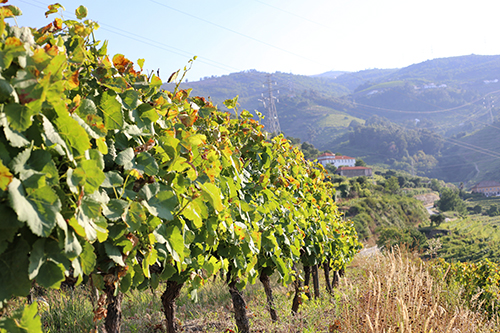
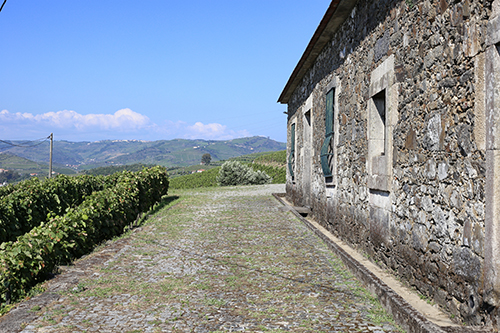
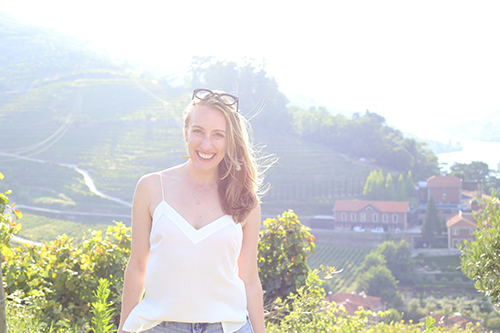
After learning more, we can appreciate almost any true craft, and port making is no exception. Which grapes to use, when to stop fermentation using grappa-esque liquor, if and how to age the drink, what to age the drink in, and how long to wait before drinking.
After spending over a week in Portugal, we learn and try many kinds of Port: white, ruby, tawny, vintage, late bottle vintage, and others. One tasting that will not blur with any of the others is from a very small producer in the Douro Valley named S. Leonardo. We climb up through the vines to the top of a hill on a very warm afternoon. Inside a small stone building, there are large barrels carrying carefully crafted vintages of port. Listening to the owner talk about his craft and his port, we are taken to generations past when we taste port that has been aged for 10, 20, 40, 60, and 100 years.
Port that has been aged for many many years takes on new and wonderful characteristics. The 100 year old port had flavors of caramel, chocolate, a little coffee, cherries, woodiness, and nuts.
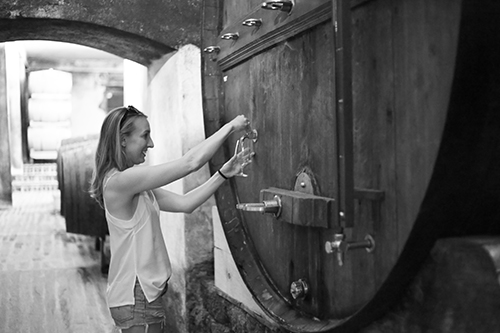
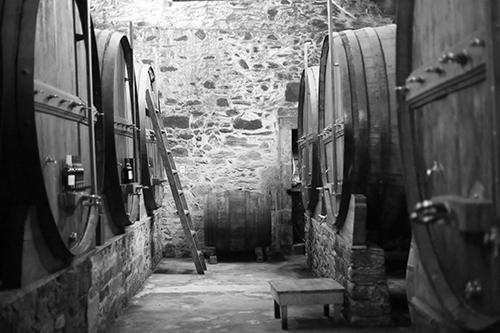

When traveling, all rental cars feel like a red convertible along a palm-tree lined beach road. Wind in hair, classic rock on the radio, and a glass-bottled Coca-Cola in the cup holder. A couple of the details are different in our case – the rental car is very compact and white, the music playing is by Portuguese artist Sara Tavares, and the drink is hydrating water, but the free-spirit sentiment remains.
Although only about a three hour drive from Lisbon to Porto, we find a small town along the way that had been recommended by our Vespa tour guide. Aveiro is Portugal’s version of Italy’s Venice. There are canals and gondolas and cute cafes and high-arching bridges. There seems to be a festival going on the day of our visit complete with live music and art installations. We have a perfectly toasted sandwich each, tour the town to stretch our legs, and then continue onward to Porto.
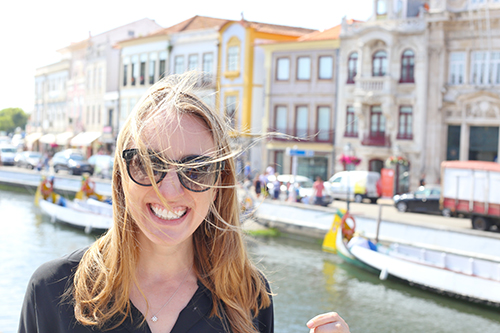
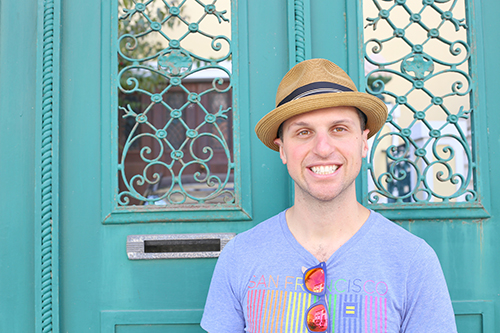
We are immediately taken by the azulejos, the Portuguese blue tiles that cover the inside and outside walls of so many sites. These tiles are both art and construction material, and they come in the form of realistic stories and geometric patterns.
The most traditional are an incredibly calming blue; however, as we explore further, these ornate tiles are found in many other colors and styles. We even get to try our hands at painting them.
While in Sintra, the tiles might reach their pinnacle in the National Palace, the Park and Palace of Pena, and the Quinta da Regaleira. Especially in the National Palace, each room, each wall greets us with a distinct pattern, color and story.
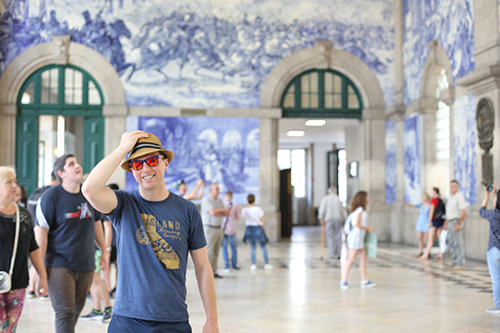
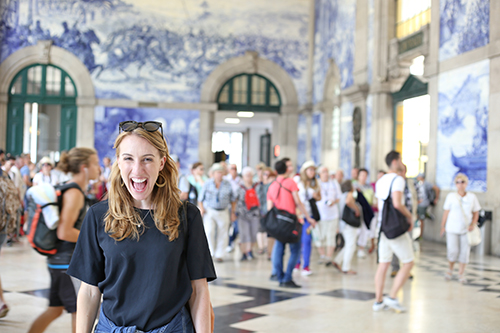
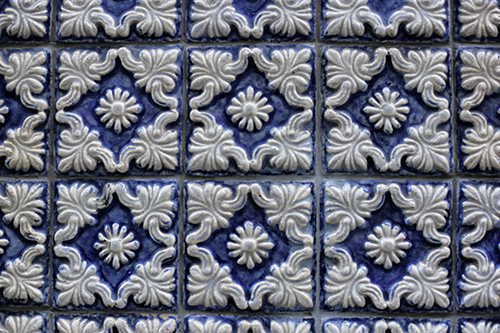
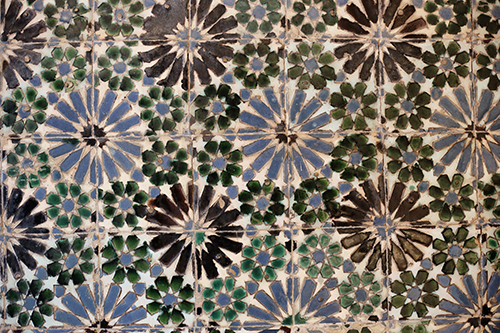
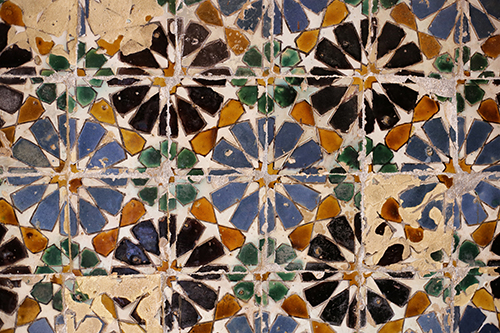
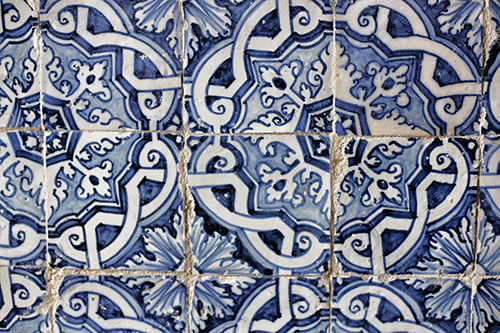
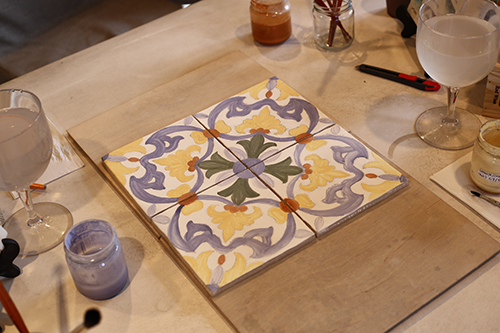








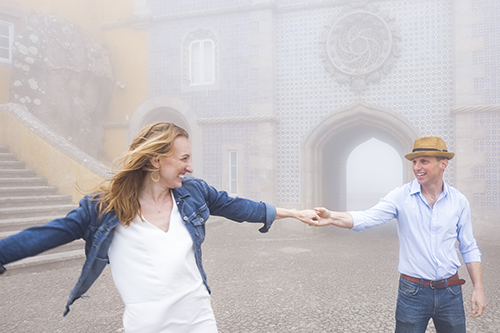


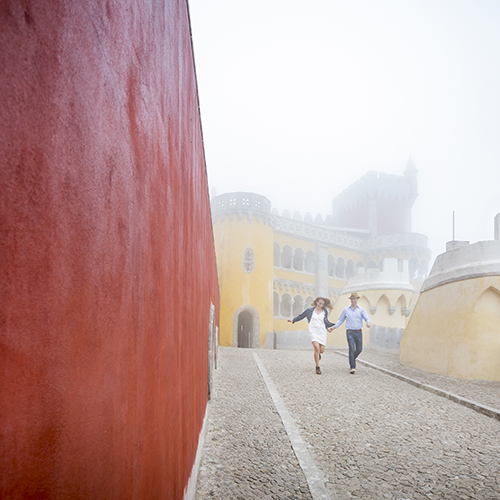
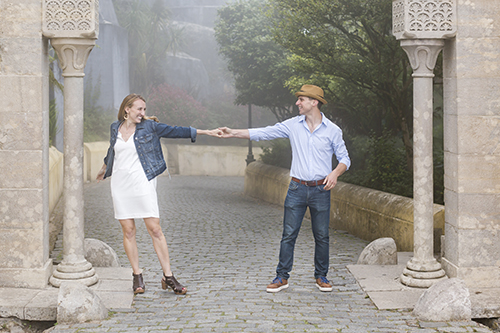


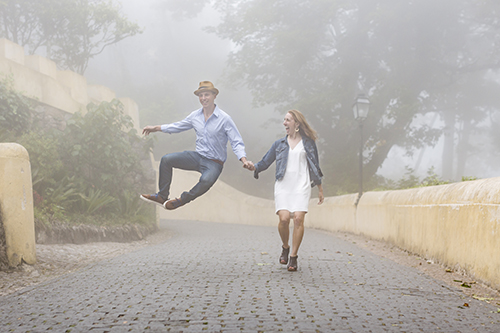
Portugal’s staple foods are our favorite snack at home or abroad — cheese, bread, charcuterie, and wine. Instead of a true dinner, one night in Lisbon we indulge in only these wonders. From two different wine bars, one in Belem and one in Lisbon, we eat and drink and snack until we’re a little too full and very satisfied.
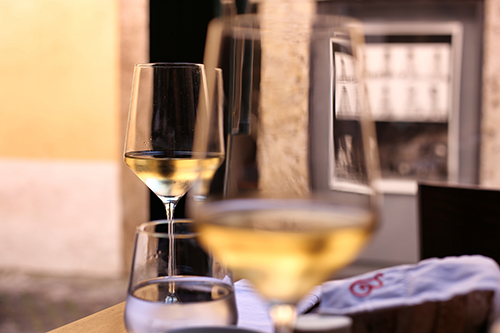
The cheeses come in all shapes and sizes. There’s the swimming pool of creaminess, a.k.a. Queijo da Serra da Estrela; the pool cover is removed from the top of the cheese and replaced with a spoon to lather the nearest piece of bread. There are harder cheese wedges, softer squares, and a pumpkin marmalade to garnish. The cheese plate at the second bar was too big to even finish.
Then there are the wines and the ports. At 2 to 5 euros a glass, they are cheaper than most beer back home. We start with whites such as Rabigato and Bical. Move on to some of Portugal’s famous reds like Touriga Nacional, Baga, and Castelao. And finally make our way to the ports — white ones, ruby ones, tawny ones, vintage ones. We learn about the port making process, with its fortification, aging, and history. And after sufficient tasting, we learn that we love the white tawny as an aperitif, an aged tawny as a digestif, and that in-between those times, anything goes.
Saúde!

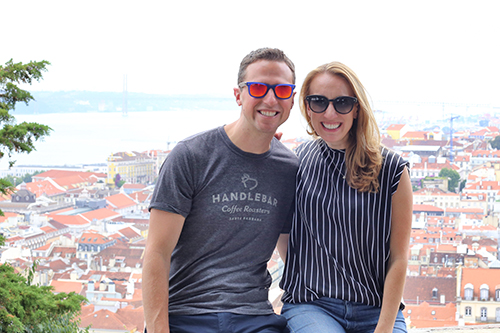
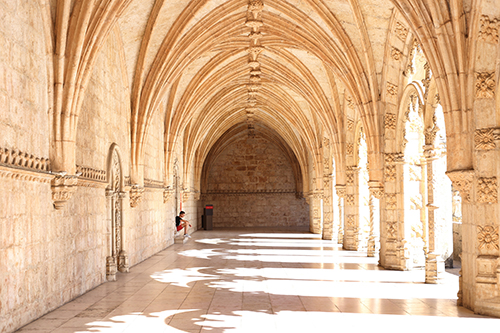
The first two mornings in Portugal include walking tours of the city full of history and local bites. Although Portugal’s history could go back as far as prehistoric times, followed by the Carthaginians and Romans, we’ll being in 1143 with their independence.
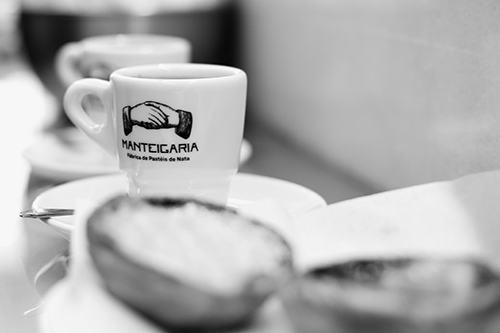
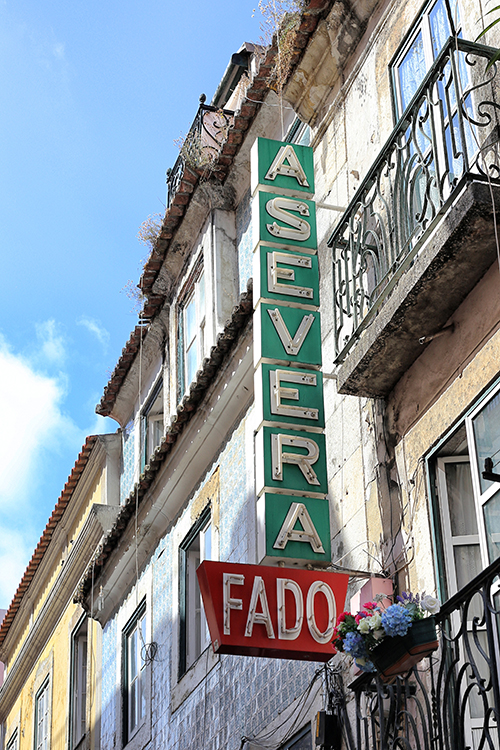
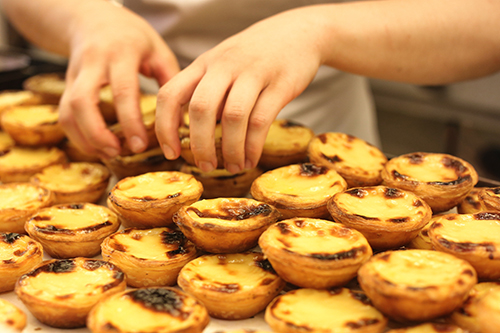
They hit a true high in the 15th and 16th centuries as one of the world’s economic, political, and military powers. During this Age of Discovery, Prince Henry the Navigator and Vasco de Gama were some of the more popular explorers with spice trade being a very lucrative career option.
All good things don’t last forever, however, and in 1755 (on my birthday), an earthquake, followed by tsunami, followed by massive fires destroyed Lisbon. I guess candle lit wooden structures that survive earthquakes aren’t also fireproof despite the huge wave of water.
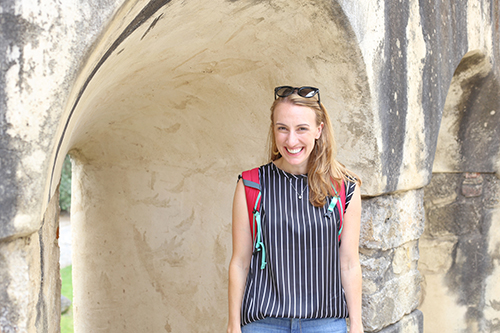
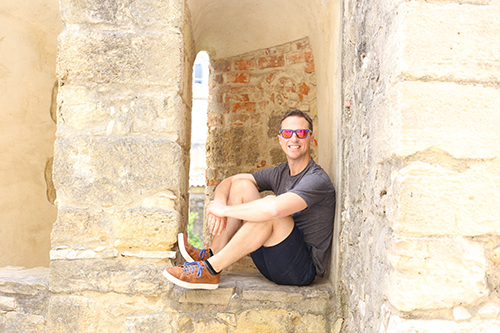
Skipping ahead to the 1900s, the Portuguese tried to establish a democratic, even if unstable, republic; however, this soon became an authoritarian regime. Eventually, democracy returned in 1974 with the Carnation Revolution. The 2013 movie Night Train to Lisbon, which we watch on the plane over, painted a pretty grim picture of this pre-revolution time.
After a rough financial crisis in 2008, Portugal has begun to rebound. The almost $100B bailout in 2011 from the IMF didn’t hurt, several economic and fiscal reforms seem to be working, and a new influx of tourism might be the icing on the cake. Portugal is among the top 20 most-visited countries in the world – 20M tourists each year!
